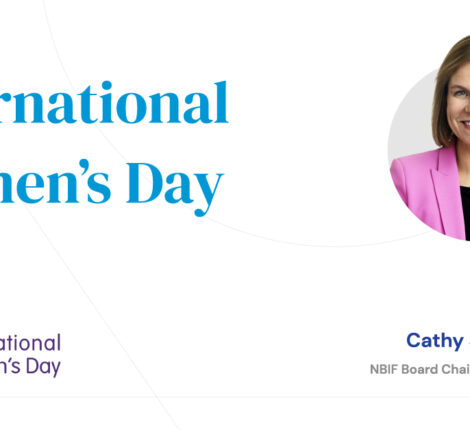- 14 octobre, 2011
- Idées d'innovation
- Comments : 0
Web-based e-prescribing Start-up plans free e-prescribing
By Rosie Lombardi – Canadian Healthcare Technology | link to original article
Many provincial entities plan to launch elaborate e-prescribing systems in the coming years. But in the here and now, MedRunner, a Saint John-based start-up, has already launched a system that’s being used by 100 doctors in New Brunswick and other Maritime provinces. The company is assembling a pilot group for its Ontario expansion in 2012, and it also plans to enter the Quebec market.
MedRunner is a Web-based e-prescribing system that’s offered free to doctors and doesn’t require anything beyond an Internet connection, says Todd Murphy (pictured), CEO of MedRunner. “We’ve been successful because we built our product with doctors. We spent a lot of time inside clinics big and small, working with their systems and different specialties as well.”
Due to this user input, Murphy says MedRunner is easy to use by doctors and doesn’t require training. “It’s just like when you pick up a prescription pad – you can just pick up MedRunner and write the prescription right away. Most of our doctors have bought iPads so they take their tablets from room to room, and they have their patient information and prescription profiles right there with them too.”
At a basic level, the system works by sending the doctor’s prescription to MedRunner’s data centre, which in turn relays it by auto-fax to the pharmacy the patient chooses. But there are many complex steps in developing this seemingly simple model with the right safeguards and convenience for all players.
At the doctor’s end, MedRunner is integrated with the Lexi-Comp Drug Interaction Database, which checks all the interactions, says Murphy. “Doctors can click from simple dropdown menus and write scripts like, ‘Take two tablets of Lipitor, once a day.’ It’s a nice clean interface with dropdown menus.”
At the patient end, the scripts are transmitted electronically to the pharmacies of their choosing for pick-up. Doctors can print off the script for their records, but no paper needs to be presented to fulfill the prescription. “Patients like it because they don’t lose the script. Doctors can prescribe to a radius of pharmacies all over any province. We have a database of all the pharmacies, so they can send it to whichever one they want.”
In MedRunner’s model, pharmacies and drug stores pay for the e-prescription service, not doctors or patients. The company is in negotiations with several drugstore chains to integrate MedRunner so the script will go directly into their systems in the future, thus eliminating the current auto-fax step.
Pharmacies are willing to pay because MedRunner improves their workflow substantially, says Murphy. “If we send a script right into their pharmacy management systems, that saves their technicians from having to type all those scripts into their systems all day. And you reduce the call backs and errors from illegible prescriptions.”
The company is also in the early stages of negotiating with insurers, who are also willing to pay for the service for similar reasons, adds Murphy.
MedRunner has many layers of security to safeguard the integrity of its system. Doctors need to be authenticated to use the system. The company verifies this at its end by checking their names and credentials with medical colleges and other associations, says Murphy.
“We actually have to prove that you’re a doctor. We’ve got our own process in place for that and, once verified, we’ve also got our own process to migrate the doctor’s identifying data into our system so it reduces double entries.”
On the privacy front, the company’s Chief Privacy Officer (CPO) is Fran White, who was the CPO for the Department of Health in New Brunswick in the past. “She’s ensuring our application complies with privacy regulation in all jurisdictions across Canada.” In addition, the company’s officers met with the Ontario Privacy Commissioner’s office last December to ensure all elements are in place for its entry into the Ontario market.
On the security front, MedRunner’s data centre is set up in the kind of secure environment used by most financial institutions. “Our environment is in a three-tier data centre which is provided by Bell Aliant and used by many major companies. We don’t physically store any information on our premises.”
The company is working on a French version for the Quebec market in its next release. “We don’t want to move full force yet on translation until we work out some things with insurance companies and pharmacies first. But we expect the bilingual aspect of our application within the next six to eight months.”
Murphy says MedRunner doesn’t replace but rather complements the complex e-prescribing systems many provinces are building. “They’re years and years away in all these systems, which will be major drug information systems that EMRs, hospitals and other healthcare entities will tap into. MedRunner is an easy-to-use front-end application that will help get usage of these big government systems when they do come in.”
Posted October 13, 2011


